Near the Algerian town of Tipasa, next to the road that goes from Cherchell to the capital Algiers in the north of the country, are the ruins of a unique monument that Muslims call tomb of the Christian and that, at first glance, it looks a lot like the mausoleum of Augustus in Rome. This is no coincidence, as it was built by Juba II, King of Numidia and Mauretania.
Juba's father was a North African Berber king defeated by Julius Caesar in 45 BC. Juba was taken to Rome as a prisoner, to take part in Caesar's triumph (parade in which Arsinoe, the sister of Cleopatra VII of Egypt, also participated as a captive), where he received a Roman education and eventually obtained citizenship.
A friend of Augustus, along with whom he fought at the battle of Accio in 31 BC, he was reinstated by him on the throne of Numidia between 29 and 27 BC. By that date, Augustus had already begun work on his own mausoleum in Rome, so Juba knew his design and would later replicate it in his own.
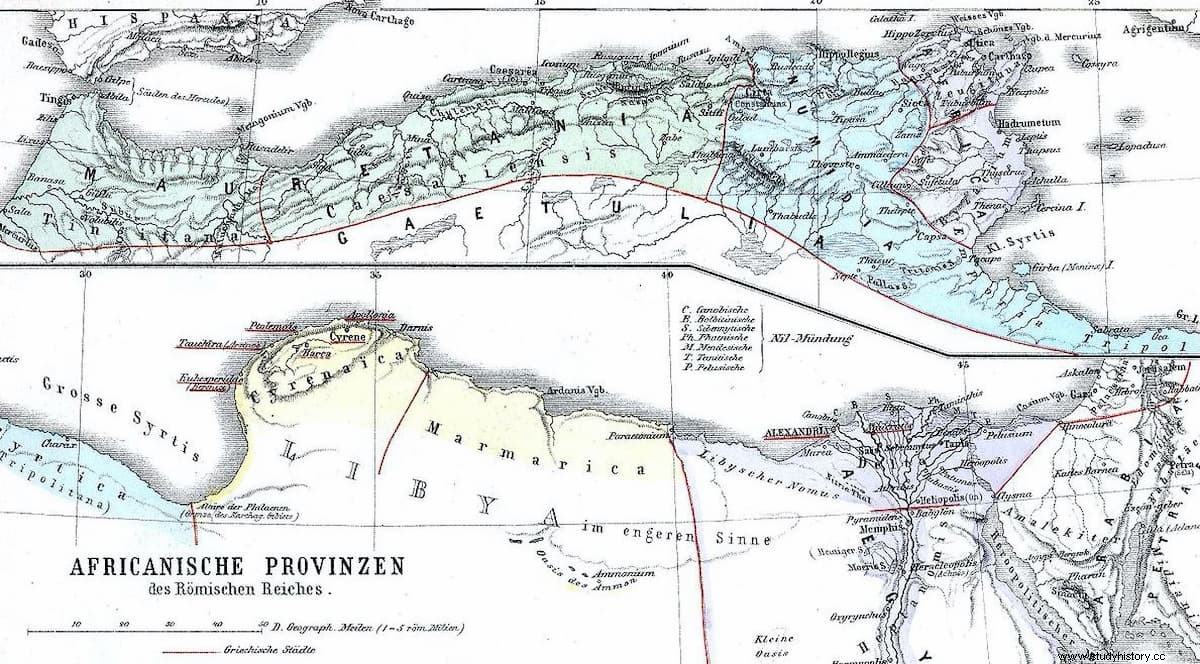
So Juba left for Numidia where he reigned as a faithful ally of Rome. A few years later, between 26 and 20 B.C. and through the mediation of Augustus, Juba married Cleopatra Selene, the daughter of Antony and Cleopatra VII (both died in August 30 BC, between 4 and 10 years before the betrothal).
Cleopatra Selene, along with her brothers Alexander Helios (her twin) and Ptolemy Philadelphus, had been taken to Rome by Augustus after the death of her parents.
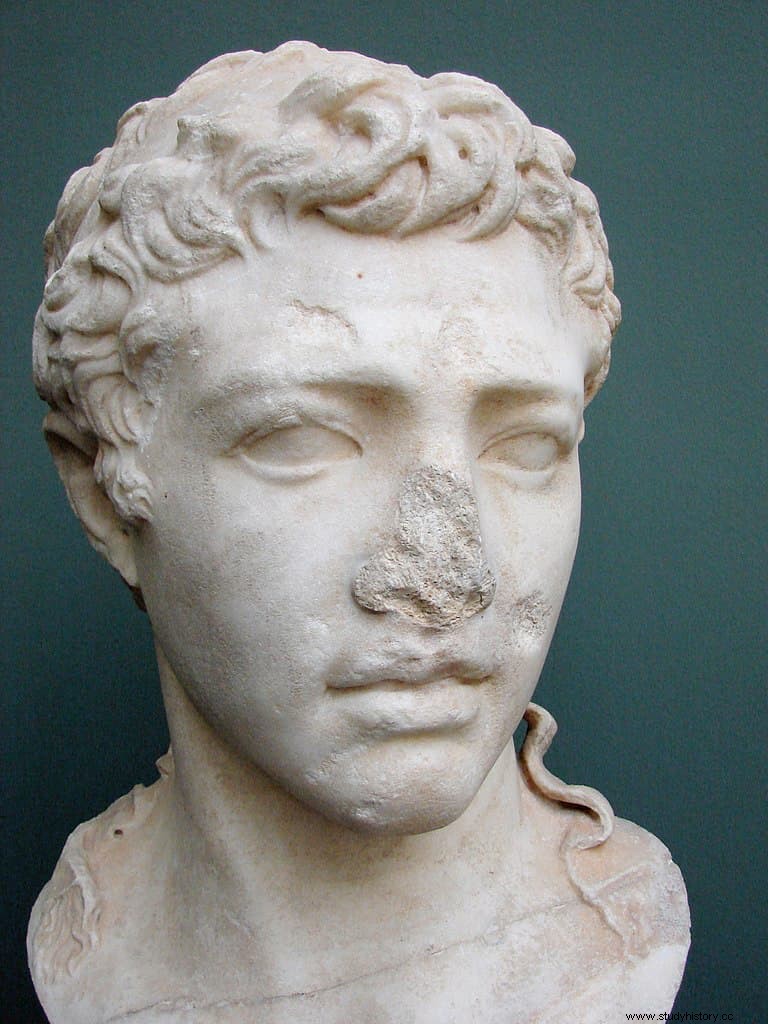
There, after being paraded in military triumph, he left them in the care of his sister Octavia (who was also officially the widow of Marco Antonio, the father of the children), who took care of them in her own house. Cleopatra Selene and Alejandro Helios were 10 years old and Ptolemy Philadelphus was only 4.
Augustus gave Cleopatra Selene a generous dowry and thus made her queen like her mother, when her two brothers had already died.
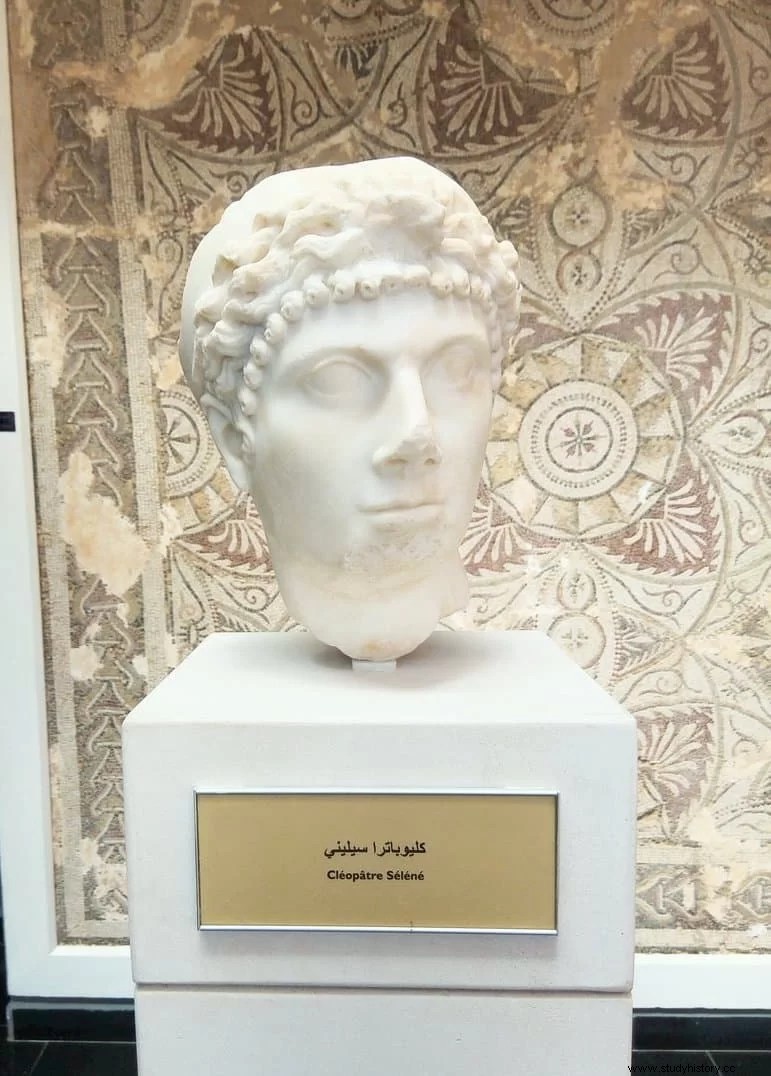
The couple left Numidia for Mauretania, where Juba renamed the capital of his kingdom Caesarea in honor of Augustus (present-day Cherchell in Algeria), and in 3 B.C. he initiated the construction of the Royal Mausoleum of Mauretania.
It is built on a hill about 250 meters above sea level. Its main stone structure is circular, with a base crowned by a cone or pyramid. The base measures some 60.9 meters in diameter and was decorated with 60 Ionic columns whose capitals have disappeared, with a false door at each of the cardinal points.
Originally the monument was about 40 meters high, although the damage suffered throughout history means that today it only reaches 30. And it is that on several occasions attempts were made to demolish it, the last one at the end of the 18th century by Baba Mahommed ben- Osman, Ottoman governor of the area.
There are two vaulted chambers inside, separated by a small passageway with doors that open by moving them up and down on levers. One of the chambers measures 43 meters long by 3 meters wide and 3 meters high. The other is a little smaller. They are accessed by a spiral corridor 152 meters long.
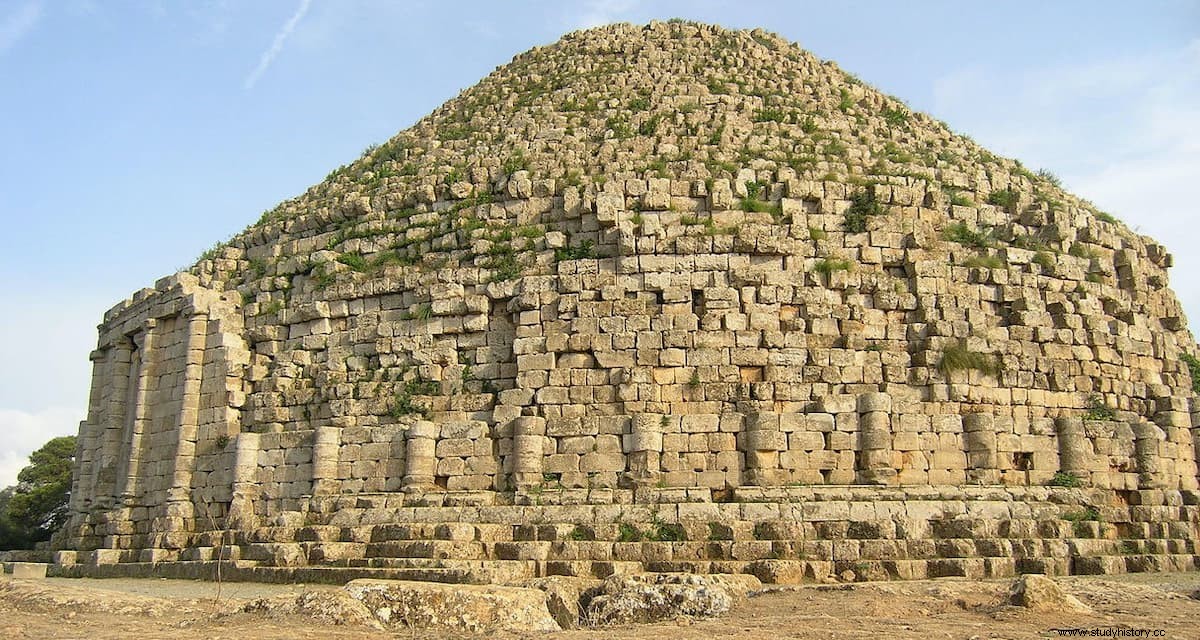
However, no remains were found inside the mausoleum, possibly due to continued looting since late Antiquity. The bodies of Juba and Cleopatra Selene were not there when Berbrügger and MacCarthy discovered the monument's entrance in 1865 (under the foundations of the false east door facing the rising sun), in excavations sponsored by Napoleon III.
Behind the false door was another that gave access to a vaulted chamber, to the right of which is the door to the main gallery. On top of it, archaeologists found the carved figures of a lion and a lioness. Carnelian beads, an Egyptian pendant, and a few scattered pearls still remained in the main chambers.
Juba, who wrote some 50 history books in his lifetime, most of them in Greek, organized numerous exploration expeditions in Africa, one of them to the Canary Islands, which he named after the ferocious dogs (canaries) that he found there. He would die in 23 or 24 AD. not before having married for the second time.
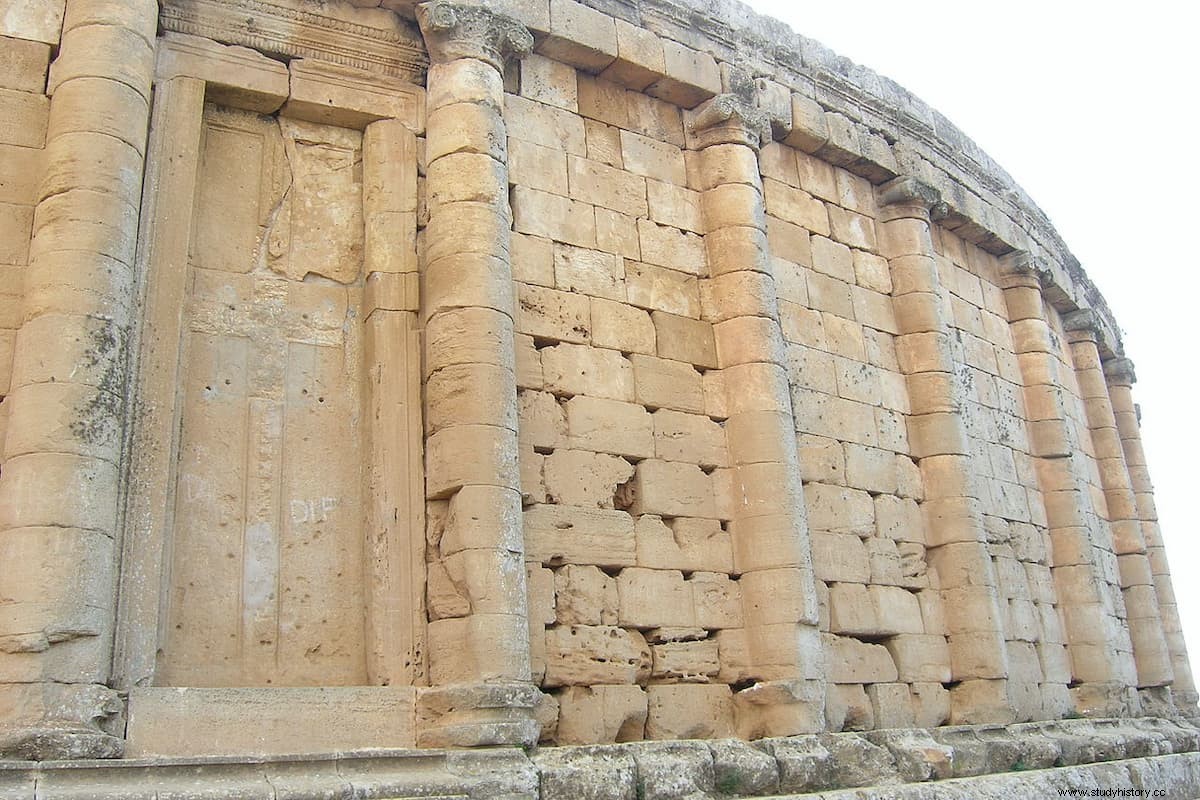
By then Cleopatra Selene, of course, had already died (the exact date is not known, between 5 BC and 11 AD, at 35 years of age). An epigram of her written by Chrynagoras of Mytilene is believed to be dedicated to her. It goes like this:
If indeed it was dedicated to her, it seems that her death happened during an eclipse at sunset. The possible coincidences would be 9, 8 and 5 BC. or 7, 10, 11 and 14 A.D.
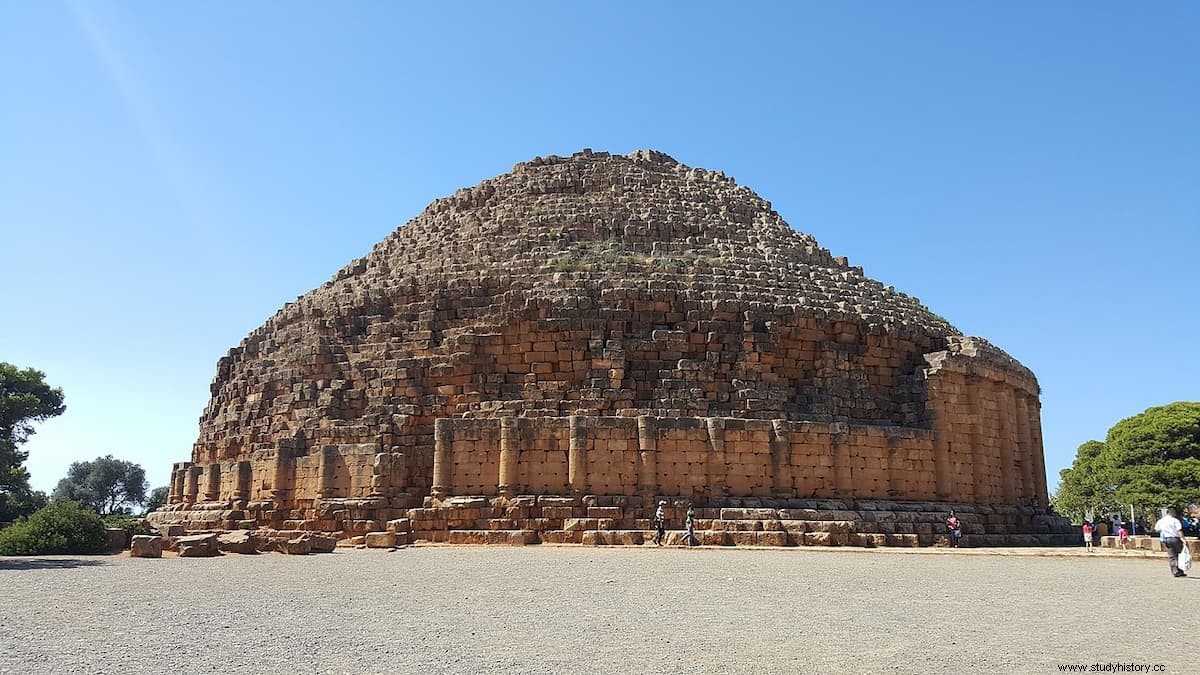
Cleopatra Selene was buried in the mausoleum, and years later Juba's body would be placed next to hers. They had two daughters (Cleopatra, died in 5 BC and Drusilla) and a son, Ptolemy, who was king of Mauretania until his second cousin, Emperor Caligula, had him killed during a visit to Rome in 40 AD. He was probably also buried in the royal mausoleum of Mauretania. With him disappeared the royal lines of Numidia and Egypt, reunited in Mauretania.
